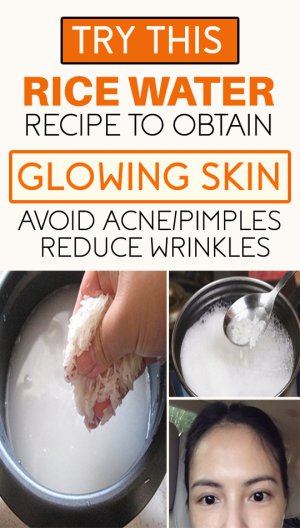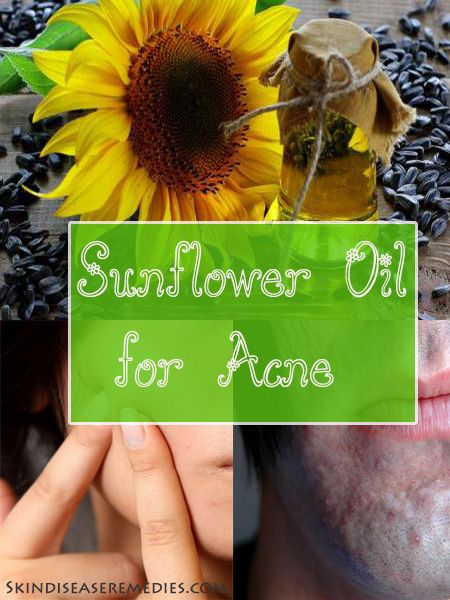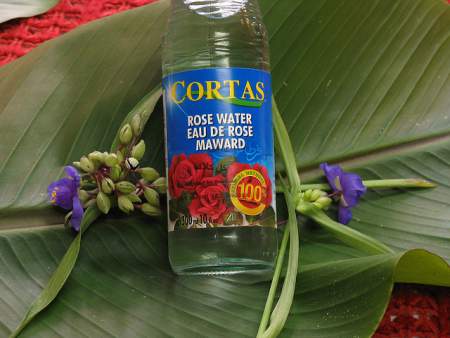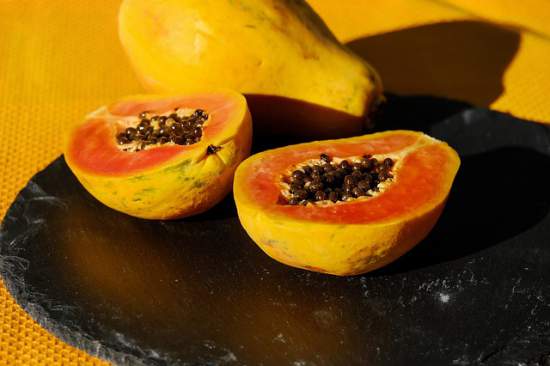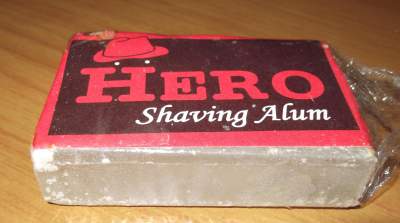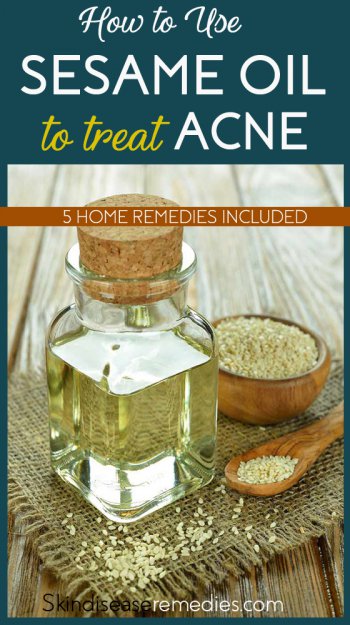Official reports state that 80 percent people in the world are affected by acne at some point in their life. (1)
Instead of using media promoted anti-acne creams, you can use this avocado face mask for acne. Nutrients housed in this natural ingredient can reduce acne-breakouts and lighten the appearance of acne scars.
You might have enjoyed this delicious fruit, but this innate ingredient can be used for cosmetic purposes.
Antioxidant and other assorted nutrients housed in this fruit will make the skin supple. Though renowned for hydrating dry skin, assorted vitamins residing in avocado can treat acne blemishes.
What Causes and Who Gets Acne?
Mostly teenagers are affected by this skin disorder. People between the age group of 11 to 30 are more prone to this ailment.
Experts hold hormonal imbalance, heredity, certain medications and chemical incorporated creams as main things to trigger acne.
Inflammation, hormonal imbalance and dead cells piled over the skin are vital things that cause lesions.
Apart from this, foods you eat, stress, external pressure, and squeezing make the acne worse.
Is Avocado Good for Acne?
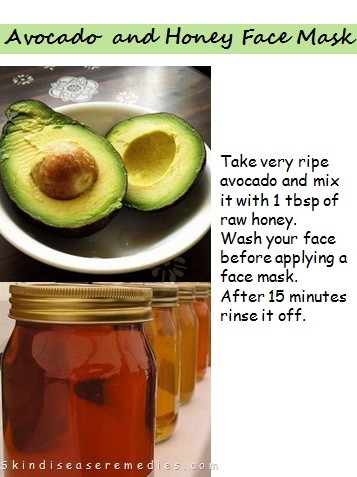
Avocado looks like a pear and studies claim that this unique fruit is packed with exceptional nutrients. Unlike other fruits, it’s high in healthy fats.
In a study carried on 17,567 people, it’s concluded that participants eating avocado are much healthier than other participants.
If you’re using home remedies, then you don’t have to worry about side-effects.
- Potassium: Experts claim that deficiency in potassium is one of the main causes of dry skin. Topically applying it will hydrate your skin.
- Monosaturated oil housed in this face mask helps to reduce the occurrence of acne blemishes and hydrates your skin.
- Vitamin C: Enhances collagen production, essential for skin’s elasticity and to reduce wrinkles.
- Vitamin A: Renowned to fade brown spots and acne scars.
- Fatty Acids: Hydrates the skin from the outside.
- Vitamin E: Thwarts free radicals that cause stress in healthy skin cells and also fade acne scars.
- The study states that vitamin E can combat acne vulgaris and help to prevent this skin ailment.
- B-Vitamins: Promotes youthful skin.
- Regular consumption of avocado can cure acne and make your skin supple.
- Topical application of this face pack will unclog skin pores and wipe impurities accumulated on the skin.
- Rich concentration of fiber in this fruit helps to regulate hormonal balance and blood sugar level.
- Experts state that regular consumption of this fruit will regulate excess secretion of sebum.
How to Use Avocado for Acne – 13 Face Mask Recipes
Ingest this fruit or topically apply the face mask to reap its cosmetic benefits. Depending on your skin type mix other innate ingredients with avocado paste.
#1. Honey and Avocado Face Mask for Acne
This combination of avocado and honey face mask will repair dry skin and restrain acne-causing bacteria.
Extolling benefits of honey for skin has been discussed in many religious and historical books. Anti-inflammatory abilities residing in honey can relieve you from acne inflammation.
Healing and humectant properties exhibited by raw honey can make your skin supple and soft.
Ingredients:
- Raw honey – 1 tbsp
- Ripe avocado – 1/4
Procedure:
- To reap the nutritional value of honey, experts prefer raw and organic honey.
- Mash 1/4 ripe avocado in a bowl and add raw honey to it.
- Stir well and wash your acne prone skin with lukewarm water or expose it to steam to open skin pores.
Using clean fingers topically apply avocado face pack over the face avoiding eye area.
Wash the face mask after 15 minutes. Repeat the process regularly.
#2. Avocado and Egg White Face Mask for Acne Prone Skin
Excess oil secreted by skin gets blocks at skin pores inviting bacteria and then leading to blackheads or pimples.
Rich minerals and vitamins packed in egg white tighten the skin pores and controls excess sebum production. This combination of face mask will control sebum production and also fight acne bacteria.
Ingredients:
- Egg white -1
- Ripe avocado – 1/4
Procedure:
- Separate egg yolk and beat egg white in a bowl after mixing mashed avocado.
- To mix thoroughly, you can use an electric mixer. On the prewashed face, using your clean fingers topically apply the face mask.
- Leave it for 15-20 minutes and then rinse it off.
Related post: Egg white face mask
#3. Avocado and Yogurt Face Pack
Yogurt contains anti-inflammatory properties that help to reduce acne breakouts. Astringent property tightens tissues. Renowned properties in yogurt thwart acne-causing bacteria.
Lactic acid residing in plain yogurt exhibits skin whitening properties that lighten the appearance of acne scars.
Ingredients:
- Organic yogurt- 1 tbsp
- Ripe avocado – 1/4
- Raw honey – 1 tbsp
Procedure:
- Initially, mash the ripe avocado and add organic yogurt with raw honey to it.
- Stir well and apply it to your prewashed face evenly.
- Leave for 15 minutes, and then rinse it off.
#4. Avocado and Lemon Juice
Astringent, acidic and bleaching abilities residing in lemon juice helps to fights acne, shrink skin pores and lighten your skin.
- Take 1 ripe avocado and peel its skin.
- Mix the pulp with 2 teaspoons of lemon juice, 1 tsp of honey and 4 tsp of warm water.
- Blend the ingredients to obtain thick paste-like
- Wash your face with lukewarm water and then pat dry.
- Apply the face pack all over the skin and then leave it to dry naturally for 15 minutes.
- Rinse it off with water.
#5. Oatmeal and Avocado
Oatmeal is renowned for its exfoliating abilities. Topical application of this face mask will remove excess oil and thwart infectious bacteria from your skin.
Saponin is a substance in oatmeal that removes skin discoloration causing toxins. Amino acids present in it help to lighten your skin.
- Mash 1/4th avocado into a smooth paste.
- Add 1 tbsp of oatmeal to the paste and mix thoroughly.
- Apply this face mask to acne blemishes and allow it to dry.
- Rinse it off with water after 15 minutes.
#6. Avocado Oil
To make it easy, you can get avocado oil from a local store or from here.
- Wash your face with water and then pat dry using a soft cloth.
- Take few drops of avocado oil in your palm and then gently massage on your face.
- Allow it to dry naturally.
- Wash your face in the morning.
#7. Tea Tree Oil and Avocado
Tea tree essential oil is prominent for its healing and antimicrobial abilities. However, a high concentration of this oil may irritate your sensitive skin. So, blend it with any carrier oil.
In this case, you’ll mix it with avocado oil.
- Mix 3 drops of tea tree EO with 6 drops of avocado oil.
- Expose your face towards steam, so that blocked skin pores open up.
- Pat dry and apply the mixed face mask evenly.
- Allow it to dry naturally.
#8. Banana and Avocado to Treat Acne
Renowned for its moisturizing and acne treating abilities, banana can soothe inflamed lesions.
- Mash ½ avocado with a ½ ripe banana to obtain a paste.
- Add 2 tbsp yogurt and 1 tbsp of olive oil to the paste.
- Mix thoroughly and apply the paste on prewashed face.
- Allow it to dry naturally for 15-20 minutes.
#9. Castor Oil and Avocado
This folk remedy has extolling benefits for your skin. It locks moisture and exhibits anti-inflammatory properties to treat acne.
- Expose your skin to facial steam to open blocked skin pores.
- Mix 3 parts of castor oil with 1 ripe avocado paste.
- Apply the face mask on your acne affected skin and leave it to dry naturally for 15 minutes.
- Rinse it off with water and apply rosewater.
#10. Cucumber and Avocado
Hydrating, healing and antibacterial properties residing in cucumber can effectively treat acne blemishes.
Instead of mixing it with avocado, you can just gently rub sliced cucumber on your face.
- Mash ½ avocado pulp with ½ fresh cucumber.
- Apply the obtained paste on your face and then allow it to dry.
- After 20 minutes, rinse it off with water.
#11. Apple Cider Vinegar and Avocado
Topical application of ACV will regulate the excess production of sebum and fights with free radicals that trigger acne.
- Mix ½ mashed avocado pulp with a ¼ cup of uncooked oatmeal, 1 teaspoon of ACV and 2 tsp of raw honey.
- Optionally, add few drops of lemon juice to above mask.
- Wash your face and then apply the mixed face mask evenly.
- After 15-20 minutes, rinse it off with water.
#12. Tomato and Avocado
Assorted properties housed in tomato help to cleanse skin pores and maintain pH levels to regulate the excess production of oil.
- Take required amount of tomato pulp and avocado pulp.
- Mash both ingredients and then apply the obtained paste on your face.
- Leave it to dry naturally for 15 minutes and then rinse it off with water.
#13. Avocado and Coffee Scrub
The exfoliating ability of coffee helps to remove piled dead cells and prevent acne blemishes.
Topical application of coffee will lighten your skin and treat ailments.
- Mash ½ avocado into a paste and add 3 teaspoons of grounded coffee.
- Mix thoroughly and apply the paste to your acne affected skin.
- Allow it to dry for 20 minutes.
- Rinse it off with water.
Important Tips
- Expose acne blemishes to steam before applying a face mask, so that pores open up.
- If you’ve dry skin, you can apply a moisturizer (jojoba oil) after treating with a face mask.
- To check you’re not allergic to any of the ingredients patch test before using it over the face.
- Avocado face mask for acne and acne scars works great when you use it regularly, so add this recipe to your beauty regimen and it works great.

